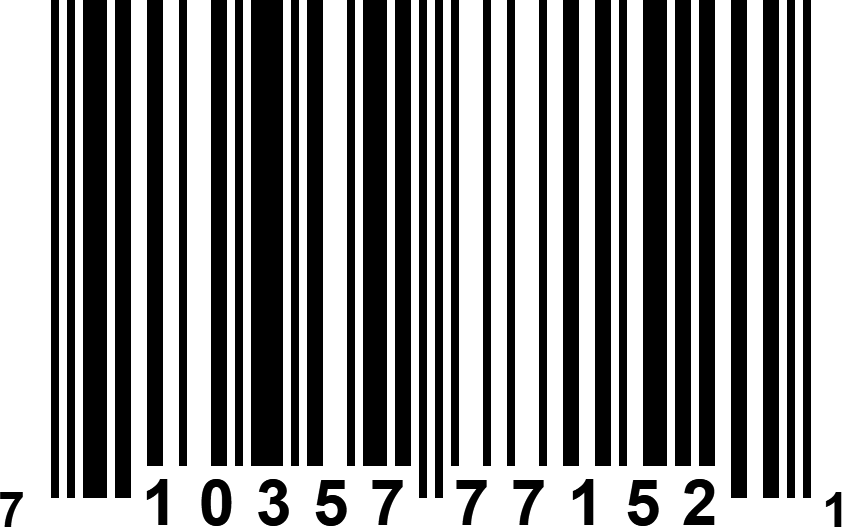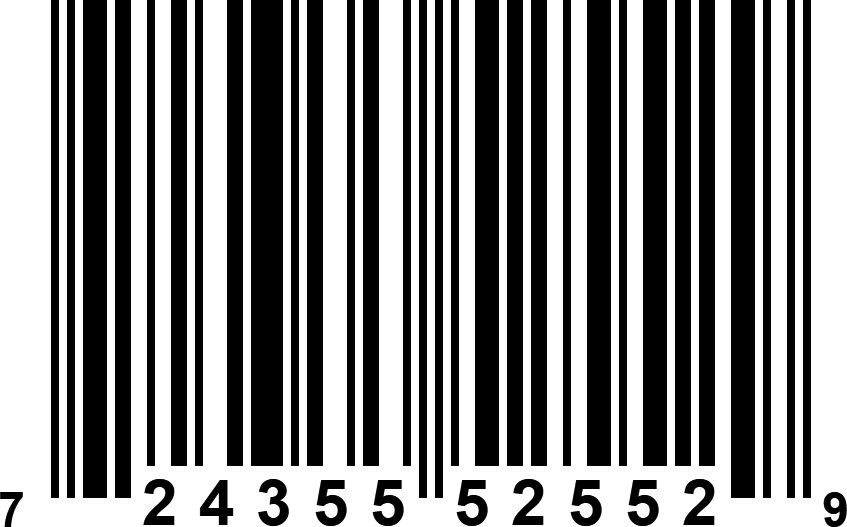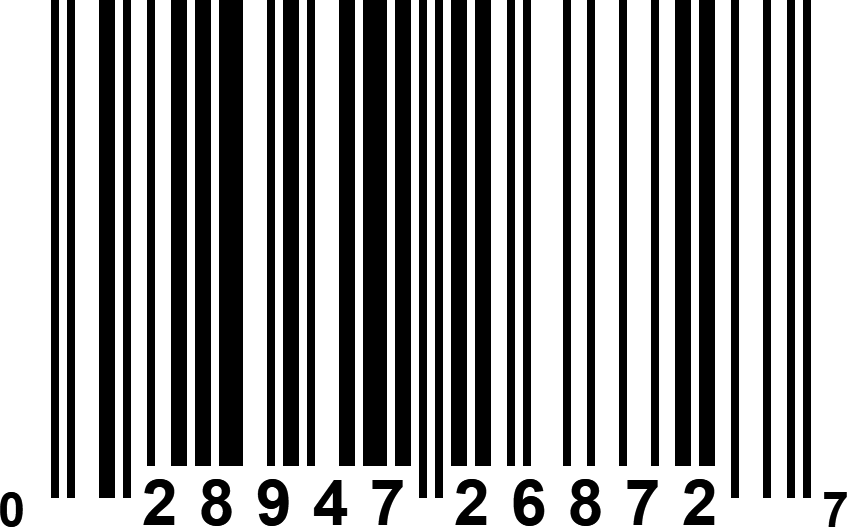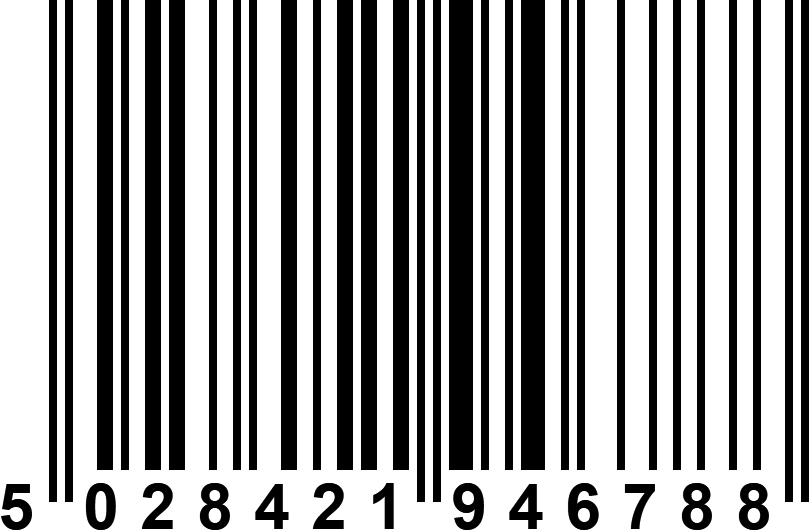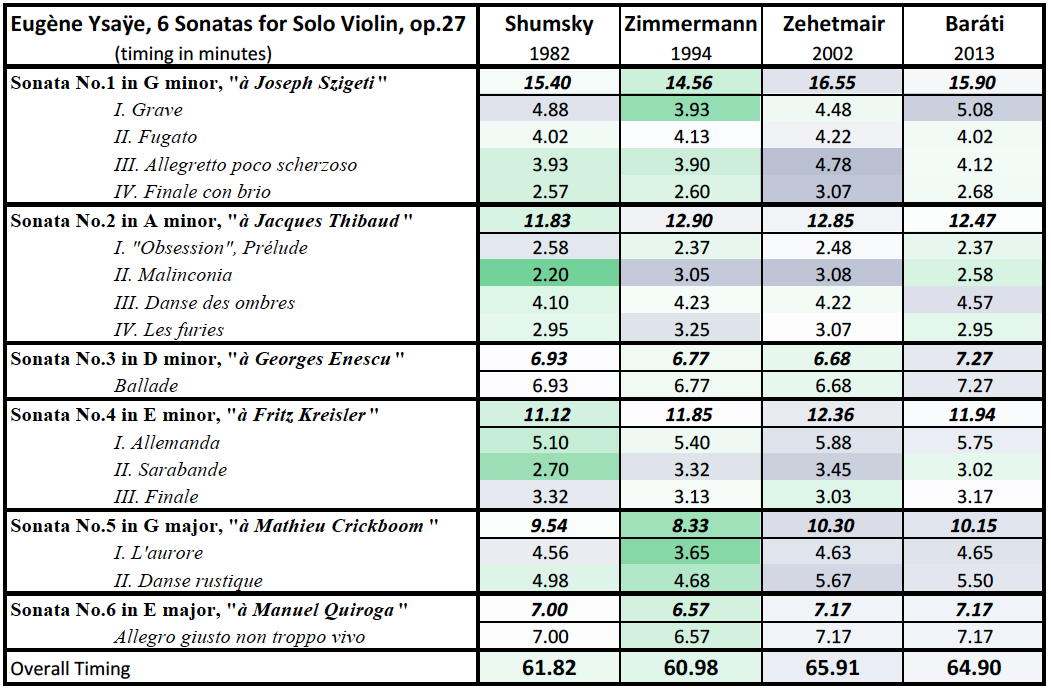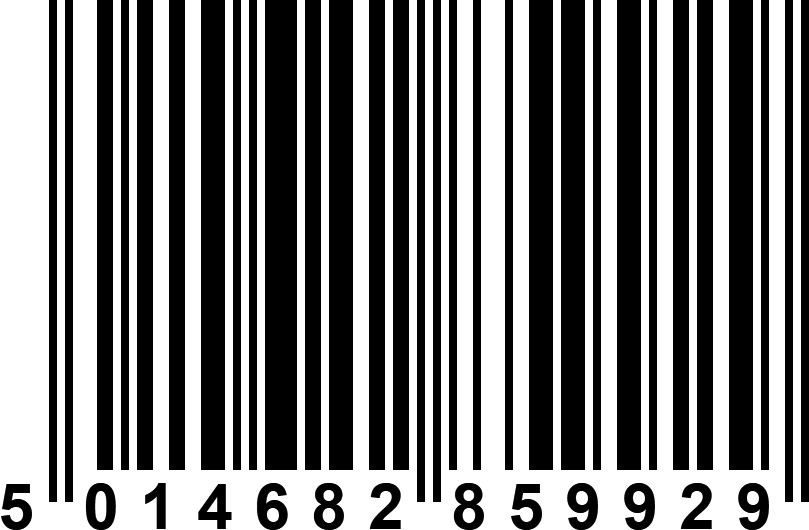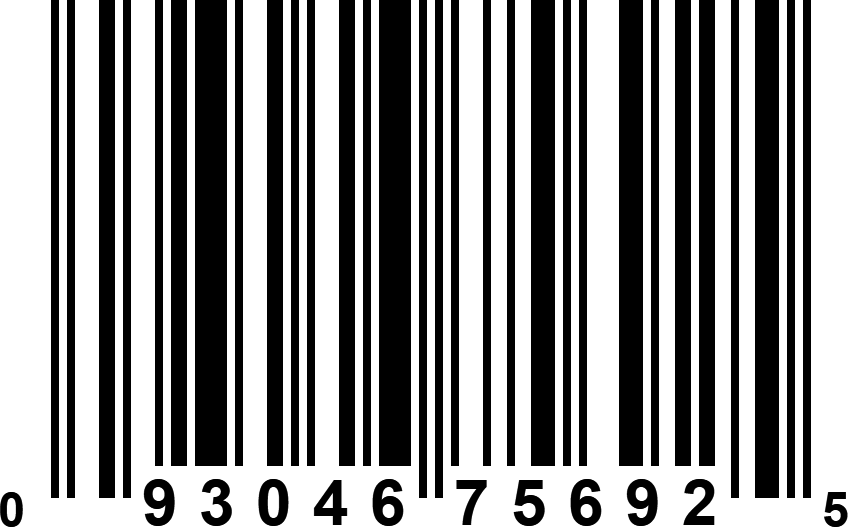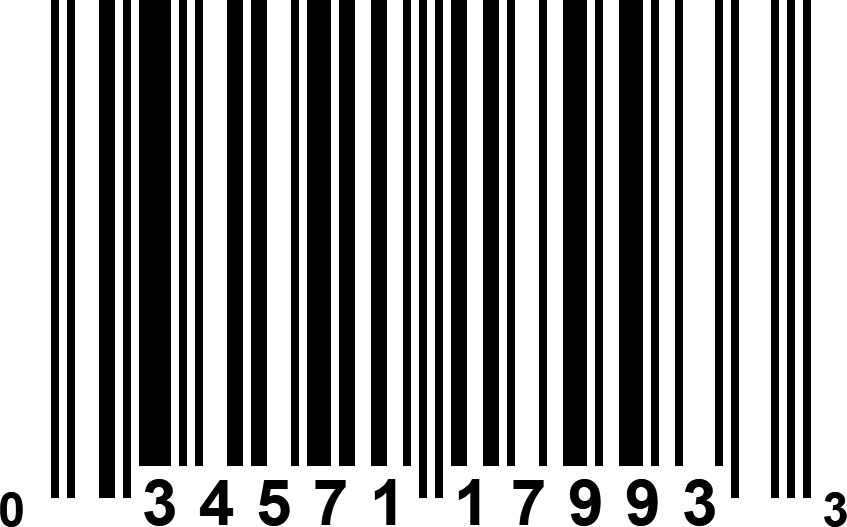Eugène Ysaÿe
6 Sonatas for Solo Violin, op.27
Media Review / Listening Diary 2017-12-29
2017-12-29 — Original posting
Table of Contents
First Encounters, Recordings
My first encounter with one of the six sonatas was around the year 2000, when one of the finalists of the Swiss Youth Music Competition—then held in Uster, amongst other locations—played excerpts (movements 1 and 3, if I remember correctly) from the Sonata No.2, here in the reformed church in Uster. And this music instantly fascinated me! Some time after that, without much consideration, and still in a “real” CD shop in Zurich, I purchased two recordings (the ones that happened to be there, in the racks): the one with Oscar Shumsky, and the one with Frank Peter Zimmermann.
The recording with Thomas Zehetmair was added later, around 2006. Finally, the recording with Kristóf Baráti “joined the club” a few months ago, after I heard that artist in concert in Zurich, on 2017-06-15 (where he actually did not play Ysaÿe). For details on the recordings & the artists see below.
The Wikipedia site lists over 40 complete recordings of these sonatas. Most of these are currently not available. I only looked at the four recordings shown below, though I do mention three additional ones (Lydia Mordkovich, Tai Murray, and Alina Ibragimova) in the bottom of this post.
Eugène Ysaÿe (1858 – 1931): 6 Sonatas for Solo Violin, op.27
The Belgian violinist and conductor Eugène Ysaÿe (1858 – 1931) was also a composer (see Oscar Shumsky’s CD cover for a picture of Ysaÿe with his violin). He wrote a variety of works from chamber music to music for violin and orchestra (several concertos, some unpublished, and other works), to opera. He also wrote cadenzas to the violin concertos by Beethoven, Brahms, and Tchaikovsky. However, his most popular works now are his 6 Sonatas for Solo Violin, op.27, which now for a core part of the violin repertoire. Excerpts frequently serve as violin encore.
You might ask: “One hour of pure violin music, is this worth it?”. The short answer is: yes, definitely! Of course, one does not need to “digest” them all in one session—though I think this is definitely possible, and even entertaining, interesting, fascinating, given that the sonatas are so diverse, different from each other. The movements are between 2 and 7 minutes each.
What’s in these Solo Sonatas?
The solo sonatas vary in form (1 – 4 movements) and length. Each of the sonatas is dedicated to and depicts a famous violinist of the time:
- Sonata No.1 in G minor, “à Joseph Szigeti“:
- Grave: Lento assai
- Fugato: Molto moderato
- Allegretto poco scherzoso: Amabile
- Finale con brio: Allegro fermo
- Sonata No.2 in A minor, “à Jacques Thibaud“:
- “Obsession”, Prélude: Poco vivace
- “Malinconia”: Poco lento
- “Danse des ombres”, Sarabande: Lento
- “Les furies”: Allegro furioso
- Sonata No.3 in D minor, “à Georges Enescu“:
- “Ballade”: Lento molto sostenuto — Allegro in tempo giusto e con bravura
- Sonata No.4 in E minor, “à Fritz Kreisler“:
- Allemanda: Lento maestoso
- Sarabande: Quasi lento
- Finale: Presto ma non troppo
- Sonata No.5 in G major, “à Mathieu Crickboom“:
- “L’aurore”: Lento assai
- “Danse rustique”: Allegro giocoso molto moderato – Moderato amabile – Tempo I – Poco più mosso
- Sonata No.6 in E major, “à Manuel Quiroga“:
- Allegro giusto non troppo vivo – Allegretto poco scherzando – Allegro Tempo I
The Violinists Depicted in the Sonatas
If you are interested—here are links to information on the violinists that Ysaÿe depicted in the above sonatas:
- Joseph Szigeti (1892 – 1973)
- Jacques Thibaud (1880 – 1953)
- George Enescu (1881 – 1955)
- Fritz Kreisler (1875 – 1962)
- Mathieu Crickboom (1871 – 1947)
- Manuel Quiroga (1892 – 1961)
The Recordings
Oscar Shumsky (1982)
Eugène Ysaÿe: 6 Sonates pour violon solo, op.27
Oscar Shumsky, violin
Nimbus Records NI 7715 (CD, stereo); ℗ / © 1996
Booklet: 8 pp. English

Oscar Shumsky (1917 – 2000) was born in Philadelphia (to Russian-Jewish parents) and started learning the violin at age 3. He became one of the prominent violinists in the 20th century, drawing the attention of many prominent musicians, such as Leopold Stokowski (1882 – 1977) and Fritz Kreisler (1875 – 1962). He was a pupil of Leopold Auer (1845 – 1930) and Efrem Zimbalist (1889 – 1985) at the Curtis Institute of Music. For most of his career, he served as a teacher at numerous institutions in the U.S., and pursued an international concert and chamber music career. David Oistrakh (1908 – 1974) called him “one of the world’s greatest violinists”. Only in 1981 he turned towards recording.
Shumsky is playing the “Ex-Pierre Rode” or “Duke of Cambridge” violin from 1715, by Antonio Stradivari (1644 – 1737). Note that of course, the picture on the CD booklet is not showing the artist, but Eugène Ysaÿe, i.e., the composer.
Frank Peter Zimmermann (1994)
Eugène Ysaÿe: 6 Sonates pour violon solo, op.27; Poème élégiaque, op.12; Rêve d’enfant, op.14
Frank Peter Zimmermann, violin
Edoardo Maria Strabbioli, piano
EMI Classics 5 55255 2 (CD, stereo); ℗ / © 1994
Booklet: 32 pp. de/en/fr

Frank Peter Zimmermann (*1965) grew up in Duisburg, Germany and started playing the violin at age 5. He finished his studies in 1983, his main teachers were Saschko Gawriloff (*1929) and Herman Krebbers (*1923). In this recording, Zimmermann plays the famous “Dragonetti” violin from 1703, by Antonio Stradivari (1644 – 1737). Since then, he has switched to other Stradivarius instruments several times. This recording has won several prizes (Preis der deutschen Schallplattenkritik, “Echo Klassik” Deutscher Schallplattenpreis 1995).
Thomas Zehetmair (2002)
Eugène Ysaÿe: 6 Sonates pour violon solo, op.27
Thomas Zehetmair, violin
ECM New Series 1835 (CD, stereo); ℗ / © 2004
Booklet: 30 pp. en/de/fr

Thomas Zehetmair (*1961) is an Austrian violinist and conductor. He grew up in Salzburg, studying at the Salzburg Mozarteum. In his education, he attended master classes with Nathan Milstein (1904 – 1992) and Max Rostal (1905 – 1991). Besides his work as a conductor, he pursues careers as soloist, as well as with his Zehetmair Quartet. I have previously discussed Zehetmair as conductor (from a concert in Winterthur on 2016-12-04), as well as his performance of Beethoven’s Violin Concerto op.61, in an extensive comparison post.
Kristóf Baráti (2013)
Eugène Ysaÿe: 6 Sonates pour violon solo, op.27
Kristóf Baráti, violin
Brilliant Classics 94678 (CD, stereo); ℗ / © 2013
Booklet: 8 pp. English

Kristóf Baráti (*1979) was more of an accidental encounter: in a concert on 2017-06-50 at the Tonhalle in Zurich he stepped in for Leonidas Kavakos (*1967), playing the Violin Concerto No.1 in A minor, op.77 by Dmitri Shostakovich (1906 – 1975). He also played a movement from a solo sonata by Bach. See my earlier post for more information on the concert and the artist.
In that first concert he instantly stroke me as a violinist with superb, perfect technique—and as a sound aesthete, to a degree that I have rarely encountered before.
Baráti plays the “Lady Harmsworth” violin from 1703, by Antonio Stradivari (1644 – 1737).
A Brief Comparison
Timing Comparison Table
I have prepared an overview table with the durations of the individual tracks / movements, For each of the sonatas, I also list the overall duration with the various artists. There is also the overall duration for each of the recordings (not accounting for the extra tracks on Frank Peter Zimmermann’s recording). I use color coding to indicate relative durations: green means faster than average, blue means slower than average. The strength of the coloring indicates the amount of deviation from the average.
Ratings
One word of caution about the numeric ratings below: this is the result of a fast assessment, by giving each track a “star-rating” (1 – 5). Unlike in “full reviews” I have not used a score to follow the sonatas, nor have I taken detailed notes about each track. So, these ratings (the average star rating over all tracks fort a given artist) are to be viewed with caution—and they reflect my spontaneous personal, momentary impression. On the other hand, I know the sonatas fairly well, have listened to each track around 3 – 10 times each overall. And note that I’m exploring the entire range, down ro 2 stars, rarely 1 only for a really bad track with serious deficiencies.
Oscar Shumsky (1982)
The above table seems to indicate that Shumsky is playing fast. That impression is deceptive, though: the two biggest “time gains” are with slow movements. Other than that, Shumsky’s playing is not excessively (or only moderately) fast. Now, other than for the tempo: I do trust Oistrakh’s judgement of this artist—at the time when it was made. Oistrakh may well have referred to Shumsky’s performance in earlier years. The way his playing is presented on this CD, I can only conclude that the playing level, the technique, etc. have improved over the recent decades.
Shumsky’s interpretation approach is certainly impressive—but often enough I observe intonation impurities, even occasional superficialities (at least in comparison to the most recent recordings).
Rating: 2.4 — this recording can’t really compete with the most recent ones.
Frank Peter Zimmermann (1994)
Twelve years after Shumsky, Frank Peter Zimmermann recorded the Ysaÿe sonatas, at age 29. The recording has received high acclaim by audiences, journals and critiques—and indeed, it is technically excellent, in intonation, clarity and detail. Zimmermann’s tempo tends to be on the fast side—though not feeling excessively fast, and all is mastered very well at the tempo chosen.
Rating: 3.75 — an excellent recording in technique, clarity and intonation; worth a recommendation—even though I personally prefer the recordings with Zehetmair and Baráti.
Thomas Zehetmair (2002)
Prior to the addition of Baráti’s recording, this was my clear favorite. Zehetmair prefers a moderate tempo—slower rather than faster than average. But the key points here are in his expression. I would not have thought that such sensuous, voluptuous tone & articulation could produce a pleasing, even thrilling result! Zehetmair that does not shy away from the occasional roughness: I was blown away from the richness of his expressive articulation, the big tone, the broad, consciously shaped arpeggiandi—outstanding!
Rating: 4.3—definitely a strong recommendation, especially if you can adapt to strongly expressive articulation and tone: not for the faint-hearted, nor for people looking for a smooth, maybe polished, slick interpretation.
Kristóf Baráti (2013)
Here now comes my top recommendation from the “other camp”. As I already noted in his concert performance, Baráti is a violinist with perfect technique and intonation, and with a beautiful, flawless tone, and few, if any roughnesses. There are no big show effects in his performance, his tempo is never pushed, nothing is superficial, the vibrato natural, never intrusive or detrimental to the intonation. A rating of 5.0 throughout may sound excessive—but I simply could not pinpoint to any failures, superficialities, intonation errors (as much as humanly possible).
Rating: 5.0—An outstanding performance, and my “other” strong recommendation, just as much my favorite as Zehetmair’s, and one that is less likely to upset listeners through the occasional rough edge.
Conclusions
For me, Zehetmair’s and Baráti’s recordings cover the entire gamut: for me, personally, that’s all I need! So my recommendation is to choose Baráti or Zehetmair, depending on your preference—or select both, as I did!
Appendix — Other Recordings
Here are some additional recordings of these sonatas, which I have not purchased and not listened to (hence there is no booklet information)—but which I would consider my next options if ever I were to acquire more recordings. Only complete recordings are considered. There are additional complete recordings not listed here, such as the 1992 recording by Gidon Kremer (*1947)—currently not available, or only at ridiculous prices. Also the recording by Leonidas Kavakos (*1967) from ca. 1999 is receiving good reviews. The following recordings would be my next priorities—starting from the most recent ones (Ibragimova — Murray — Mordkovich), though:
Lydia Mordkovich (1988)
Eugène Ysaÿe: 6 Sonates pour violon solo, op.27
Lydia Mordkovich, violin
Chandos Records CHAN 8599 (CD, stereo); ℗ / © 1988

Lydia Mordkovich (1944 – 2014)—an excellent Russian violinist and the last pupil of David Oistrakh (1908 – 1974). I have discussed a recording of hers featuring chamber and solo music by Sergei Prokofiev (1891 – 1953), Dmitri Shostakovich (1906 – 1975), and Alfred Schnittke (1934 — 1998). This recording suggests that her playing might fit very well to Ysaÿe’s sonatas. Amazon has at least one review which criticizes her for rough (if not careless) playing—I suspect one can safely ignore this, though it suggests that her playing sounds like Zehetmair’s rather than Baráti’s.
Tai Murray (2012)
Eugène Ysaÿe: 6 Sonates pour violon solo, op.27
Tai Murray, violin
Harmonia Mundi USA HMU 907569 (CD, stereo); ℗ / © 2012

Tai Murray (*1982) is a young American violinist, little known in Europe. I don’t know any of her recordings, have never heard her play alone / as soloist—but I’m curious, and the reviews I have read (for whatever they are worth) are very good. These reviews suggest that she “falls into the “Baráti camp” rather than Zehetmair’s.
Alina Ibragimova (2014)
Eugène Ysaÿe: 6 Sonates pour violon solo, op.27
Alina Ibragimova, violin
Hyperion Records CDA 67993 (CD, stereo); ℗ / © 2015

The young Russian violinist Alina Ibragimova (*1985, now living in the U.K.) is definitely a promising option here—I recommend her even though I primarily know and like her from recordings with the Chiaroscuro Quartet. I have yet to listen through her recording with the Bach Sonatas and Partitas.
Listening Diary Posts, Overview



